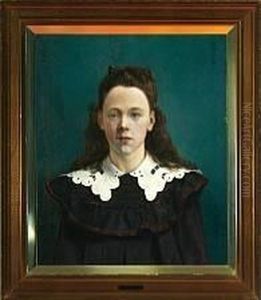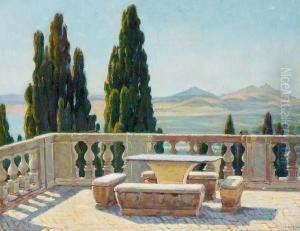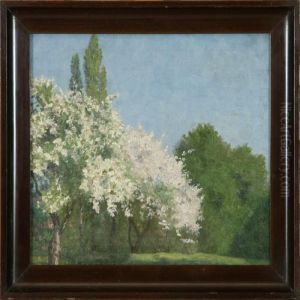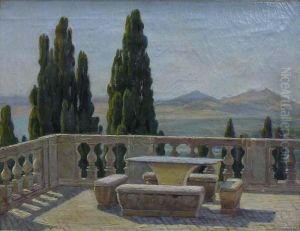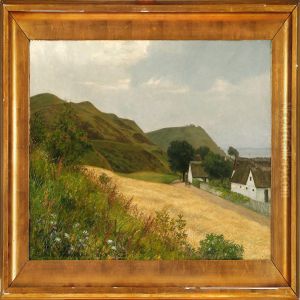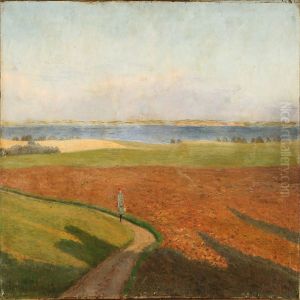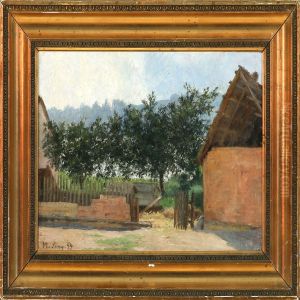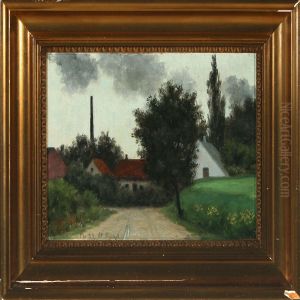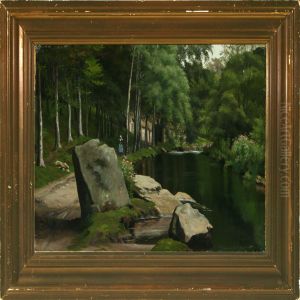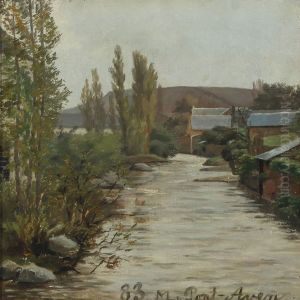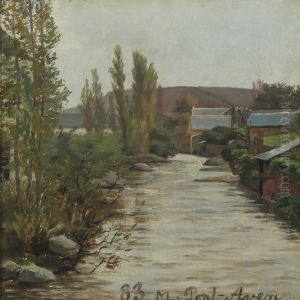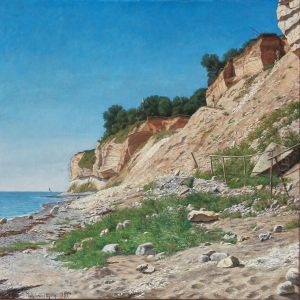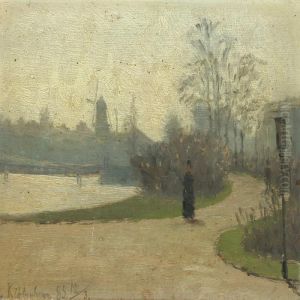Marie Luplau Paintings
Marie Luplau was a Danish painter and feminist, born in 1848 in Ringkøbing, Denmark. She is known not only for her contributions to the art world but also for her active role in the women's rights movement in Denmark. Luplau trained at the Royal Danish Academy of Fine Arts, which was quite an achievement during a time when women had limited access to formal art education. She furthered her studies in Paris, which was a common practice among Scandinavian artists seeking to refine their skills and gain exposure to the broader European art scene.
Marie Luplau was part of a pioneering generation of female artists who sought to establish themselves in a male-dominated field. Her artwork often featured themes of social realism, focusing on the lives and struggles of women. She used her art as a platform to advocate for gender equality and women's suffrage, intertwining her artistic pursuits with her feminist activism.
In addition to her painting, Luplau was deeply involved in the women's suffrage movement alongside her partner, Emilie Mundt, who was also a talented artist and teacher. Together, they ran an art school for women, which was an important institution that provided female artists with education and opportunities that were otherwise inaccessible. This school played a significant role in nurturing a new generation of female artists in Denmark.
Luplau's commitment to feminist causes extended beyond her art school and into political activism. She was a key figure in the Danish Women's Society and contributed significantly to the push for women's voting rights in Denmark. Her efforts, along with those of her contemporaries, eventually led to Danish women gaining the right to vote in 1915.
Marie Luplau's legacy is multifaceted; she is remembered not only for her artistic talents but also for her relentless pursuit of gender equality. Her works are preserved in various Danish museums, serving as a testament to her skills as an artist and her dedication to social change. Luplau died in 1925, but her impact on both the art world and the women's rights movement in Denmark remains significant to this day.
